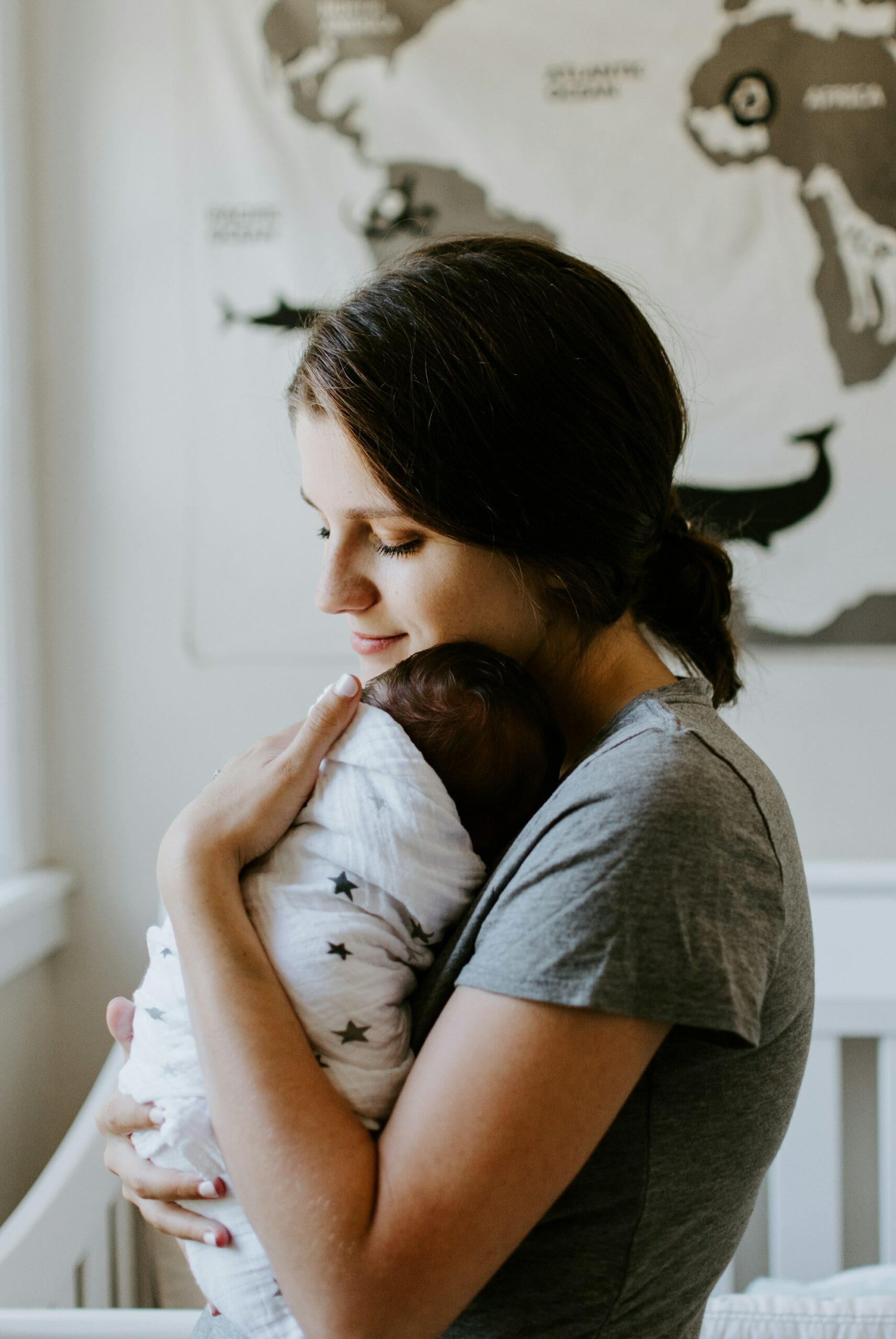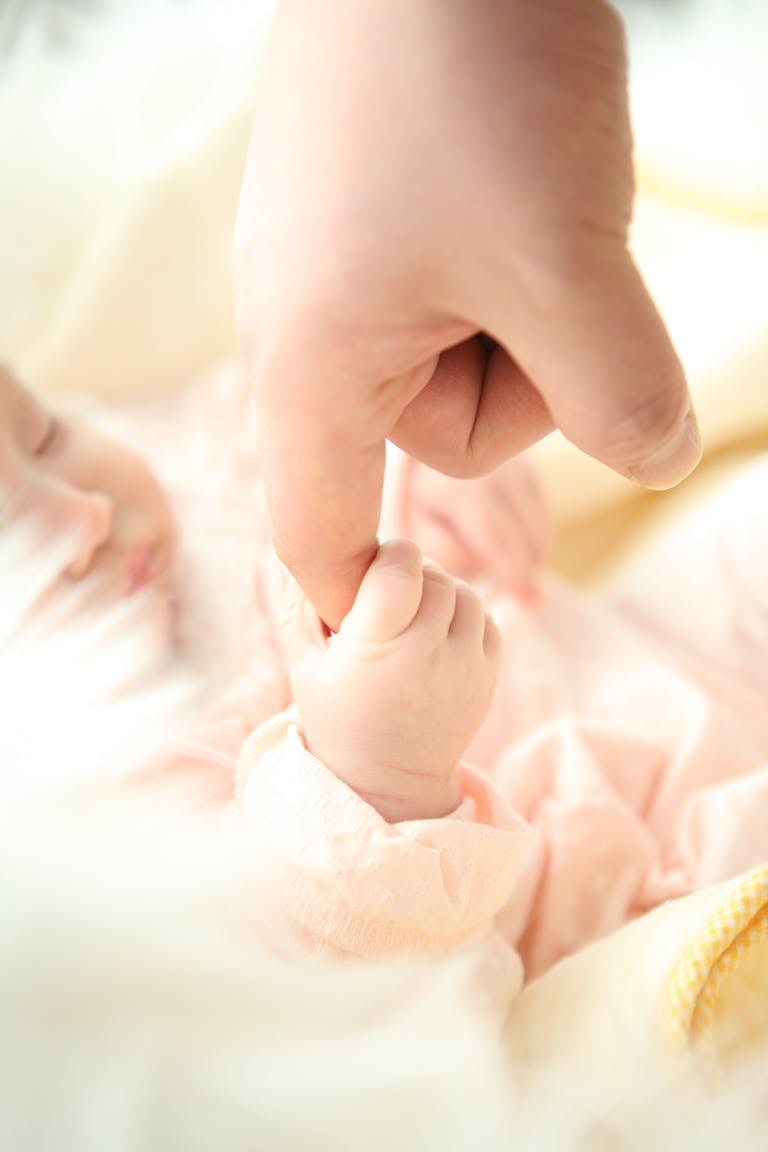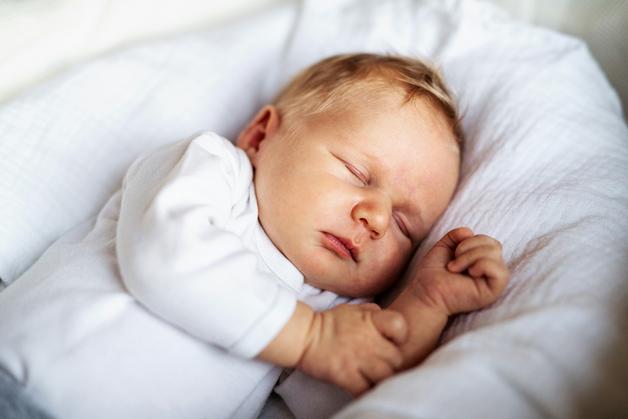The desire to keep a child close while managing the myriad demands of daily living: an ancient need, persistently modern. For parents, babywearing often exposes both hidden challenges and unexpected joys—freedom and comfort balanced against safety concerns and practicality. Is your baby fussing at every laydown, never giving you a moment’s peace? Or are you staring at a tangle of wraps, uncertain if that knot really means safe? You’re not alone if questions swirl: “Will my newborn’s hips be healthy? Will I hurt my back? Is this even safe?” Scientific clarity, evidence-based guidance, and empathic support form the safety net here. Explore the ways babywearing can transform not just your child’s day—but your family’s entire rhythm—supported by medical insight and trustworthy, actionable advice.
The Origins and Revival of Babywearing
Historically, parents worldwide instinctively found ways to keep their babies close. From the M-position harnessed in an Incan rebozo to jungled tribes in Borneo where sensory comfort is a survival tool, the proximity of babywearing has echoed through centuries, adapting to weather, tradition, and necessity. Modern babywearing? It’s both an evolution and a full-circle return—taking cues from global heritage, prioritized now for its clinical benefits and sheer convenience. Have you ever noticed an Inuit mother tucking her baby snugly in an amauti, or a father in Seoul pacing the street with a podaegi on his back? Today’s adjustable carriers echo this history while weaving in ergonomic science, giving reassurance to any parent anxious about safety and healthy development.
The Science Behind Babywearing: Emotional and Physical Benefits
For Infants: A Portable Cocoon
Picture the rhythm of your heartbeat, your child soothed against your chest. Babywearing harnesses skin-to-skin contact—medical studies confirm that oxytocin release is boosted, steadily reducing infant crying and stabilizing emotions. Elevated oxytocin not only fosters trust and bonding but can shield against future social anxiety. Babies cradled in carriers demonstrate improved neurodevelopment: neural pathways for language and social skills flourish in this environment of sensory input (voice, touch, rhythm).
But what about digestion and cry time? The upright position is a powerful defense: gravity helps mitigate reflux, reduces the risk of airway obstruction, and aids colic-prone babies. Neonatologists are clear—vertical carrying (with vigilance for safe breathing) has measurable positive impact on sleep patterns and energy expenditure in the early months.
And hip health? Orthopaedic research reinforces the safety of the “M-position”—a deep squat with knees higher than the bottom—reducing the risk of developmental dysplasia. The right carrier doesn’t force legs straight but gently supports the thighs, which orthopedic specialists recommend, particularly in the first six months.
For Caregivers: Freedom Coupled With Connection
A parent’s arms can’t—or shouldn’t—be expected to hold a baby for every hour. The weight distribution and ergonomic design of modern carriers liberate your movements. Clinical research shows reduced shoulder strain and back pain (compared to unassisted carrying), provided the straps and waistband are adjusted to your size and the weight is centered over your hips.
Emotionally, the impact is profound. Parental stress drops as infants settle and routines become manageable. You might even rediscover hands you’d forgotten you had, available now to prepare food, tend to siblings, or simply enjoy a cup of tea. Brief moments of connection—your baby’s breath, a gentle sway with your steps—become unplanned gifts. Some parents reflect that the sensation echoes pregnancy: intimate, contained, and deeply calming.
Breastfeeding and Responsive Care
Could babywearing really make breastfeeding easier? Studies point to a simple truth: when babies are closer, feeding cues become obvious—rooting, hand-to-mouth motion, restlessness—leading to fewer missed opportunities and often longer breastfeeding duration. Wraps and slings can double as discrete nursing aids in public or private, offering support and privacy. Lactation consultants routinely advise parents to attempt feeding in a carrier, finding it practical for busy outings but cautioning to always re-adjust the baby’s airway afterward.
Babywearing and Special Family Needs
Tandem babywearing (for twins or siblings) and adaptations for preterm or special needs babies open inclusion. Neonatology literature on kangaroo care is clear: early, sustained skin-to-skin contact stabilizes heart rate, oxygen levels, and supports weight gain in premature infants. Special carriers or extra support panels may be advised for babies with muscle tone differences, and occupational therapists can assist in selecting and fitting the right support.
Choosing the Right Carrier
What Are the Main Options?
- Wraps: Soft, either stretchy for infants or woven for growing babies. Versatility meets learning curve; yet, for many, this fabric strip becomes the ultimate comfort zone.
- Slings: Loop over one shoulder, forming a pouch. Quick, portable, and especially suited for newborns or quick trips.
- Soft structured carriers (SSCs): Buckles, padded straps, adjustable panels. Pediatricians often recommend SSCs as they support both head control in infants (with inserts) and independence in toddlers.
- Mei Tais: East Asian-inspired panel plus waist and shoulder ties, merging a wrap’s adaptability with some of the SSC’s simplicity.
- Backpack-style carriers: Rigid, with frames—reserved for older babies and adventure-hungry parents.
Decision Factors: What Matters?
Consider your baby’s age (newborns are floppy, needing neck support; older infants crave better visibility), your comfort, and your intended use (everyday chores, city strolls, long hikes). Pediatric associations caution to always ensure:
- Ergonomic position (M-shaped legs, no spine overextension).
- Tight, close fit (no slumping).
- All fastenings secure before movement.
Trying before purchasing, using local babywearing lending libraries, or joining community workshops can avoid expensive mistakes and introduce you to unexpected favorites.
Ethical and Sustainable Choices
Look for carriers produced with sustainable fabrics—organic cotton, bamboo, or recycled textiles—and brands known for ethical manufacturing. Not only does this support the planet, but newborns, with their sensitive skin, are less exposed to potentially irritating chemicals.
Mastering Babywearing Techniques
Different Positions for Different Needs
- Front, inward-facing: For newborns and infants. Head support, visible airway, and maximum cuddles.
- Front, outward-facing: Wait until your baby has full neck control (often around 5-6 months). Be mindful of sensory overload—limit sessions and respond to your baby’s cues.
- Hip carry: Once your baby can sit unaided, providing a 3D perspective of the world.
- Back carry: For toddlers or heavier children, giving your shoulders a break and freeing your front for other activities.
Each position requires attention: is your baby upright, chin never pressed to chest, face always visible? Regular posture checks become second nature.
Tailoring for Special Situations
Back or hip carries can support babywearing during pregnancy, as long as abdominal pressure is avoided. Medical providers should always be consulted if there are any maternal contraindications.
Safety: The Bedrock of Babywearing
The T.I.C.K.S. Rule
- Tight: No slack, prevents slumping.
- In view at all times: See baby’s face; the airway should never be covered.
- Close enough to kiss: Baby’s head near your chin, easy to monitor.
- Keep chin off chest: Airway should remain clear—two adult fingers should fit.
- Supported back: Upright, not curved or collapsed.
Practical Safety Tips
- Check fabric daily for damage or wear.
- Never cook, cycle, or exercise intensely while babywearing.
- Permanently retire any carrier that has frayed straps, broken buckles, or loose stitching.
The Physiology of Babywearing: Hip Development, Muscle Growth, and Preterm Babies
Supporting the hips in a spread-squat (M-position) is more than comfort—it’s prevention. The International Hip Dysplasia Institute recognizes properly positioned babywearing as beneficial for healthy hip development, particularly in the first six months when cartilaginous joints are most at risk.
Upright posture in a carrier strengthens neck, core, and shoulder muscles. With every sway, every micro-movement, small muscles fire, training balance and stability before crawling even starts. For preterm babies and those with low birth weight, the kangaroo method—using soft wraps for skin contact—improves temperature regulation, promotes rapid weight gain, and is recommended in many neonatal units for medically stable infants.
Supporting Parental Well-Being and Attachment
The relationship is reciprocal—close contact isn’t only about the baby. Parents experience decreased cortisol (the stress hormone) and increased confidence in caring for their newborn. Access to physical closeness, even in public places, is more than convenience: it supports parental mental health, reducing risks for postpartum sadness or anxiety. Notably, non-birthing partners frequently report a unique sense of involvement and connection.
Troubleshooting and Community Support
Learning babywearing is rarely automatic. Fussiness? Double-check positioning: is your baby upright, snug, with visible airway? Carrier not feeling right? Consult local groups or workshops, both of which are valuable sources of tactical support and personal experience.
For parents dealing with physical challenges—limited mobility, back or shoulder concerns—occupational therapists and specialized carriers (extra lumbar support, shoulder padding) can make the difference between discomfort and delight.
The power of community cannot be understated: peer-sharing, lending libraries, and online forums connect families to practical advice, carrier swaps, and mutual celebration of parenting wins.
Babywearing in Everyday Life
At Home, In Public, While Traveling
Task-juggling becomes possible—laundry, errands, public transit—without sacrificing closeness or nap schedules. In crowded places where strollers are unwieldy, babywearing becomes a game changer, granting safe proximity and nimbleness.
Exercise and Outdoors
Walking or gentle hiking encourages fresh air and low-impact activity. Always ensure the baby is shielded from sun and cold, and check for signs of overheating: warm neck, redness, or fussiness.
Siblings and Multi-child Routines
A new baby doesn’t mean less care for older children. Front or back carriers allow for play, stories, and household routines—while your newborn stays settled, right against your heartbeat.
Maintaining Your Carrier: Care, Cleaning, and Replacement
Follow manufacturer’s cleaning instructions—gentle detergent, air dry, and avoid persistent sunlight. Regularly check seams and fastenings. Stored dry and dust-free, a quality carrier easily lasts through several siblings.
Change to a new carrier if wear or damage appears, or simply to support your growing baby’s weight and changing needs.
The Babywearing Community: Local and Global Networks
Babywearing communities, both local and global, abound—lending libraries, social media groups, and consultant-run workshops. Each autumn, International Babywearing Week celebrates not just safety, but collective joy and inclusivity, echoing diverse traditions and family structures.
Carrier Innovations and Sustainability
Recent carrier innovations target comfort, health, and the planet—breathable mesh, organic dyes, and antimicrobial finishes. Ethical brands commit to fair labor, extended carrier lifespan, and minimized environmental footprint. Digital influencers and online tutorials have dramatically increased access to safe babywearing information, reducing isolation and facilitating real-time advice. Wearable technology is even making its way into select models.
Key Takeaways
- Babywearing reliably supports secure attachment, emotional regulation, and healthy hip development in babies, offering comfort for both infants and caregivers.
- Informed use, with a focus on ergonomic positioning, transforms daily routines—supporting household management, responsive feeding, and bonding on the go.
- Scientific evidence highlights substantial benefits: reduced infant crying, improved parent mental health, and more restful sleep.
- Medical recommendations commonly endorse skin-to-skin contact, “M-position” support, and close monitoring of the baby’s airway for all carriers.
- Resources are abundant—local lending libraries, healthcare professionals, and supportive communities stand ready to guide you.
- For detailed, personalized advice and access to free child health questionnaires, download the Heloa app and connect with experts tailored to your parenting journey.
Babywearing is more than a trend—it’s a dynamic, evidence-backed support system for families, inviting both tradition and innovation onto your parenting path.
Questions Parents Ask
What age is babywearing appropriate for?
There is no universal “right” age to begin or stop babywearing—it often depends on your baby’s development and your comfort. Many families start with newborns, using soft, supportive carriers that help keep a baby’s airway clear and promote gentle support for tiny neck muscles. As your child grows and gains head and trunk control, different carriers and positions may suit you better. For some, babywearing continues well into toddlerhood. Trust your instincts and don’t hesitate to adapt according to your baby’s needs and your daily reality.
Can babywearing be done with twins?
Yes, babywearing twins is possible and can be a wonderful way to nurture both children simultaneously. Some parents use two slings (one for each baby), or opt for specialized twin carriers designed for safe, comfortable support. Each family finds its own rhythm—sometimes carrying both babies together, sometimes one at a time. It’s normal to need some practice and, parfois, a bit of extra help from a babywearing consultant or a community group can make all the difference. Listen to your body and your babies, and adjust as required to ensure everyone stays safe and comfortable.
Does babywearing help with baby’s sleep?
Many parents find that babywearing helps their infant fall asleep more easily and settle for longer naps. Being carried close offers the comforting sensation of movement, warmth, and the sound of a caregiver’s heartbeat—factors that often soothe babies and make it easier for them to drift off. While every baby is unique, it’s quite common for little ones to sleep soundly in a carrier, both at home and while out and about. Rassurez-vous, if your baby naps best while being worn, c’est tout à fait normal and you’re not alone in this experience.









